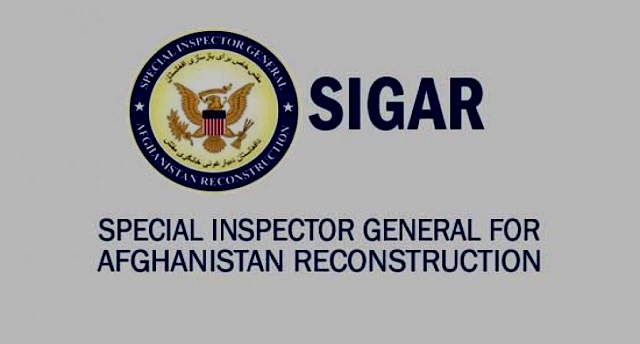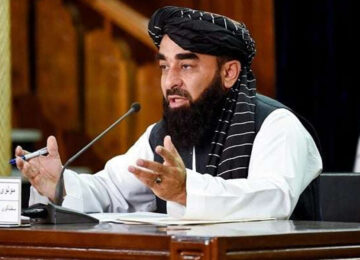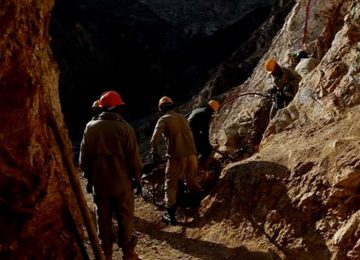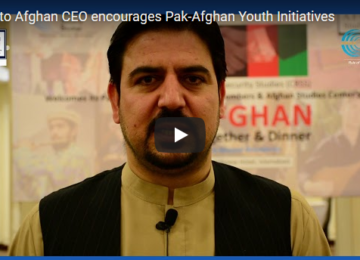January 31, 2020
The Special Inspector General for Afghanistan Reconstruction (SIGAR) released his forty-sixth Quarterly Report (January 31), speaking of an unprecedented number of “ enemy-initiated attacks ”. SIGAR’s mission includes supervision of audits and investigations relating to the US-funded programs and operations for the reconstruction of Afghanistan. Its mandate is also to keep the Secretary of State and the Secretary of Defense fully and currently informed about problems and deficiencies relating to the administration of such programs and operation and the necessity for and progress on corrective action.
Below are the some of the salient features of the SIGAR’s latest quarterly report:
— The month of the Afghan presidential election (September 2019) saw the highest number of enemy-initiated attacks (EIA) in any month since June 2012, and the highest number of effective enemy-initiated attacks (EEIA) since recording began in January 2010. The high level of violence continued after the presidential election; October 2019 had the second highest number of EIA in any month since July 2013.
— The Afghan Special Security Forces (ASSF) conducted fewer ground operations (534) in the fourth quarter (October – December), than any other quarter in 2019. Only 31% of those missions were completely independently, without U.S. or Coalition support. Less than half (43%) of all ASSF operations in 2019 were completed independently, compared to 55% in 2018.
— Between May and October 2019, ANDSF casualties increased slightly compared to the same period in 2018, according to a general assessment provided by DOD. The number of ANDSF casualties while conducting local patrols, checkpoint operations, and offensive operations did not change significantly during this period in 2019 compared to the same period in 2018.
— CSTC-A reported a 7% increase in ANDSF personnel strength last quarter. As of October 31, 2019, there were 272,807 ANDSF personnel biometrically enrolled and eligible for pay. The 18,957 person increase from last quarter is attributed to continued enrollment and personnel cleansing actions in the Afghan Pay and Personnel System (APPS), according to CSTC-A. This quarter’s assigned ANDSF strength stands at 77.5% (roughly 79,000 personnel short) of its authorized strength.
— For the first time, DOD reported that the amount of funds appropriated for Operation Enduring Freedom and Operation Freedom’s Sentinel in Afghanistan ($776.0 billion, as of September 30, 2019) surpassed the amount ($771.1 billion) obligated for the U.S. missions begun in Iraq in 2003, Operation New Dawn and Operation Inherent Resolve.
— Afghanistan will require at least $4.6 billion – and perhaps as much as $8.2 billion – of donor funding per year through 2024, according to the World Bank. Even in a best-case scenario in which the Afghan government’s organically generated revenues doubled to $5 billion, nearly half of all public expenditures would need to be financed by donors, the Bank reports.
— According to the UNODC, the overall value of opiates available for export in Afghanistan in 2018 (between $1.1 billion and $2.1 billion) was much larger than the combined value of all of the country’s licit exports ($875 million).
–Between November 2019 and March 2020, an estimated 11.3 million Afghans – more than one-third of the country’s population – are anticipated to face acute food insecurity, according to the Integrated Food Security Phase Classification (USAID’s source for Afghan food security analysis).
— The number of new polio cases reported in Afghanistan rose by 33% in 2019: 28 new cases were reported, compared to 21 cases in 2018 (and 14 cases in 2017). This quarter, authorities registered a new case in Baghlan Province, reportedly the first new case in the province since 2011.
— In December, USAID provided $60 million in ARTF funds despite a public statement from the State Department on September 19 that the funding would be withheld due to the Afghan government’s failure to meet unspecified benchmarks for transparency and accountability in public financial management.
— Sixty-four percent of respondents believed that reconciliation between the Afghan government and the Taliban is possible (a significant increase from 53.5% in 2017), according to the Asia Foundation’s 2019 “Survey of the Afghan People.”
This reflected the common man’s optimism associated with the peace talks.








